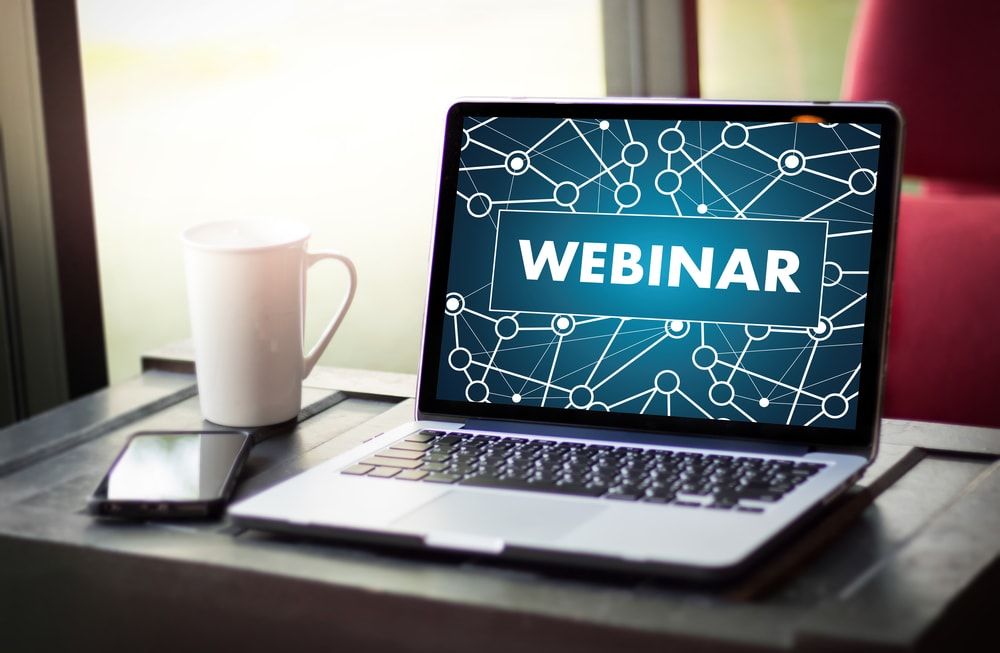Webinars have become a powerful tool for businesses to connect with their audiences, generate leads, and build thought leadership. However, creating a great webinar isn’t enough—you also need to ensure it gets in front of the right people. One of the most effective ways to drive attendance is by leveraging social media platforms. In this blog, we’ll cover best practices for promoting webinars on social media to maximize your reach and engagement.

Table of Contents
Toggle1. Start Promoting Early
Promotion should begin as soon as your webinar details are finalized. A lead time of at least two to three weeks gives your audience ample opportunity to become aware of the event and mark it on their calendars. The earlier you start, the more time you have to build momentum. Here’s how to structure early promotions:
- Week 1: Share teasers, and post about the webinar topic and speaker.
- Week 2: Share detailed posts about what participants will learn.
- Week 3: Focus on generating urgency and driving registrations.
2. Choose the Right Platforms
Not every social media platform will be equally effective for webinar promotion. It’s essential to focus on the platforms where your target audience is most active.
- LinkedIn: Ideal for B2B audiences. Use LinkedIn Events, Sponsored Content, and personalized messages.
- Facebook: Create a Facebook Event, run targeted ads, and post engaging stories.
- Twitter: Frequent tweets with relevant hashtags and threads work well for creating buzz.
- Instagram: Use stories, posts, and reels to promote the webinar with visually appealing graphics.
- YouTube: If applicable, create short video snippets or trailers about the webinar topic.
3. Leverage Visual Content
Visual content grabs attention, so use compelling images and videos to promote your webinar. Include your webinar title, speaker images, and key takeaways in visuals to encourage engagement. Here are some formats you can try:
- Graphics and banners: Use branded, eye-catching images that highlight the webinar details.
- Short videos: Create teaser videos or speaker interviews to give your audience a preview of what they’ll learn.
- Infographics: Provide a visually engaging summary of the webinar’s value proposition.
Tools like Canva or Adobe Spark can help create polished visuals even without advanced design skills.
4. Create Engaging Copy
Your copy should be concise and engaging, communicating the value of your webinar clearly. When promoting on social media, people often skim through content, so make sure your message is easy to digest:
- Hook your audience: Start with a question or statement that addresses a pain point.
- Highlight benefits: Clearly state the key takeaways participants will gain.
- Include a call to action: Add a direct link to the registration page with a clear call to action like “Register Now” or “Save Your Spot.”
Use active language and focus on the benefits of attending the webinar rather than just the features.
5. Use Hashtags and Keywords
Hashtags are a great way to increase your reach on platforms like Twitter, Instagram, and LinkedIn. Identify industry-specific and trending hashtags relevant to your webinar. This helps your posts get discovered by users outside your immediate followers. You can also create a custom hashtag for your webinar to boost visibility and allow attendees to follow conversations.
For example, if your webinar is about digital marketing trends, you might use hashtags like #DigitalMarketing, #MarketingTrends, or #Webinar2024.
6. Collaborate with Influencers and Partners
Partnering with influencers or industry leaders can significantly extend your webinar’s reach. Identify individuals who have a following in your niche and ask them to help promote your event. You can:
- Co-host a webinar with a well-known figure.
- Ask influencers to share your webinar posts with their audience.
- Offer them guest-speaking opportunities.
This collaboration not only increases the credibility of your webinar but also introduces your content to a wider audience.
7. Run Paid Ads
While organic promotion is important, paid social ads can significantly enhance your webinar’s visibility. Most social platforms allow for detailed targeting, ensuring your ads reach users who are more likely to be interested in your content.
- Facebook and Instagram Ads: Use a combination of image ads, video ads, and story ads.
- LinkedIn Sponsored Content: Promote your webinar to specific job titles, industries, and company sizes.
- Twitter Ads: Target specific keywords, interests, and hashtags.
Allocate a portion of your marketing budget to run ads that target users based on location, job title, industry, and other relevant factors.
8. Engage with Your Audience
Creating a conversation around your webinar can drive interest and registrations. Don’t just post about your event and wait for people to sign up. Instead, actively engage with your audience through:
- Polls and questions: Ask your audience about their challenges related to the webinar topic.
- Live sessions: Host a short live Q&A session or “Ask Me Anything” (AMA) to preview the webinar and build excitement.
- Comments and messages: Reply to comments on your social posts and respond to direct messages. This interaction builds a personal connection and increases the likelihood of attendance.
9. Leverage Registrant Testimonials
If you’ve hosted webinars in the past, leverage testimonials from previous participants. Social proof is powerful in convincing others to attend. Share quotes, feedback, or case studies from attendees that show how your webinar can provide real value.
You can even create short testimonial videos or graphics showcasing the positive experiences from previous events.
10. Send Reminders and Post-Event Content
After someone registers for your webinar, it’s essential to keep them engaged. Send reminders through social media and email leading up to the event. Post countdowns on Instagram Stories or share reminders on LinkedIn the day before the event.
After the webinar, continue the engagement by sharing:
- A recording of the webinar.
- Key takeaways or summaries.
- Follow-up content that encourages attendees to take the next step.
You can also use post-event social media posts to promote future webinars, leveraging the success of the current one.
Conclusion
Promoting webinars on social media requires thoughtful planning, consistent engagement, and a clear understanding of your audience. By starting early, using compelling content, collaborating with influencers, and utilizing paid ads, you can create a buzz around your webinar and increase attendance. By following these best practices, you’ll ensure that your next webinar is well-promoted and positioned for success.


No responses yet